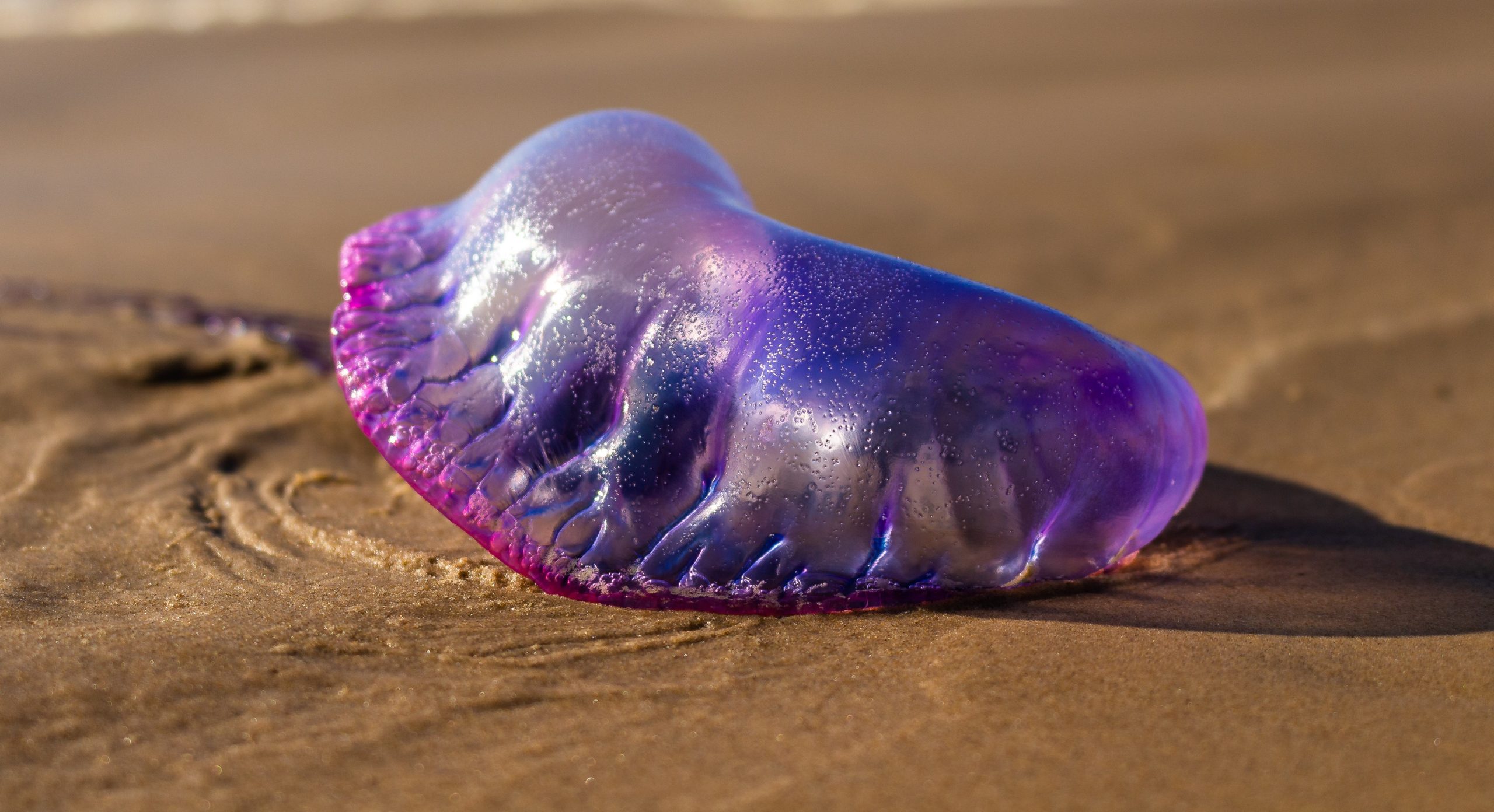THE FIRST spring sightings of Portuguese Man O’War have been made in the sea not far from popular Costa Blanca beaches.
The Institute of Coastal Ecology has confirmed its presence off El Campello, Denia, and Villajoyosa thanks to images supplied by ‘trusted people’.
The Portuguese Man O’War is often mistaken for a jellyfish, but is actually a species of siphonophore – a group of closely-related animals.
Their tentacles are filled with coiled, barbed tubes that deliver venom capable of paralysing and killing small fish and crustaceans.
They are rarely deadly to people but can be dangerous to children, elderly people, asthmatics and people with allergies as they can cause fever, shock and respiratory distress.
Institute of Coastal Ecology scientist, Juan Guillem, said: “It’s no surprise if they reach the shore and it is normal at this time of year.”
Guillem and his colleagues have visited the areas with sightings and report that water currents have driven the Man O’War back into the open sea.
The real danger, as Guillem explains, is to bathers rather than beach goers: “It’s a species that doesn’t kill humans but it emits a toxin that is dangerous if you are swimming and can paralyse you if you are bitten and could cause a bather to drown.”
There were instances in 2018 and 2019 when the Man O’War landed on beaches during June and July causing alarm to visitors.
Seven people were stung on Benidorm’s three main beaches in June 2019, forcing their closure.
Earlier that month, a woman was stung in the face while swimming off Cabo de las Huertas near Sant Joan d’Alacant.
READ MORE:
- REVEALED: Portuguese Man ‘O’ War can still sting even after being beached
- Tourist beach on Spain’s Costa Blanca sees return of venomous stinger which cleared local waters last year
Click here to read more Costa Blanca News from The Olive Press.








